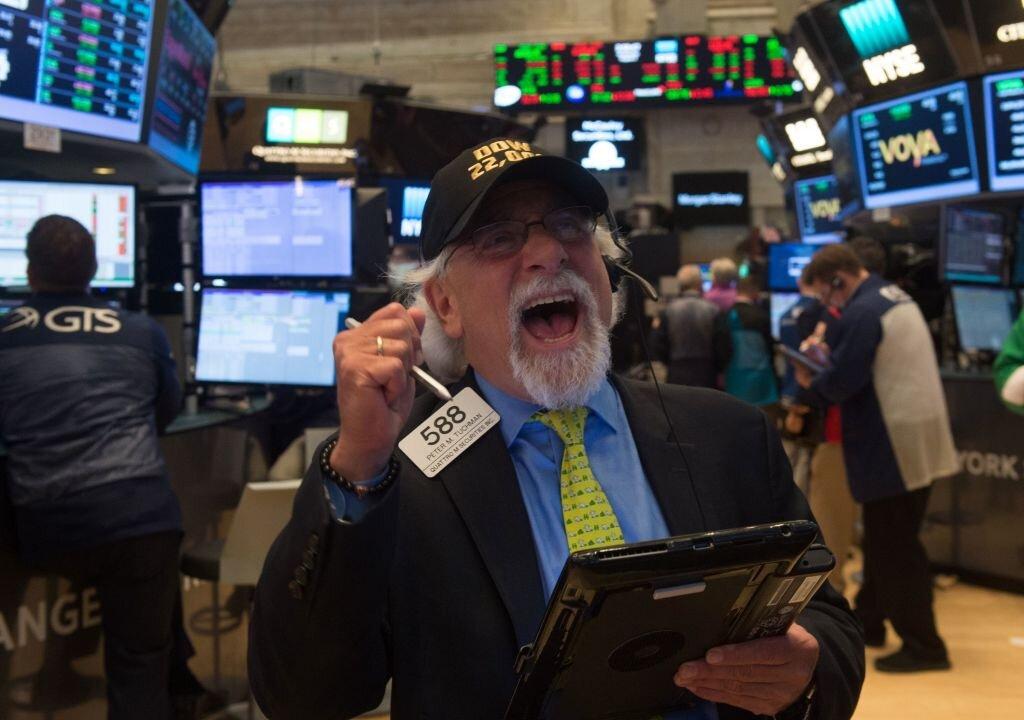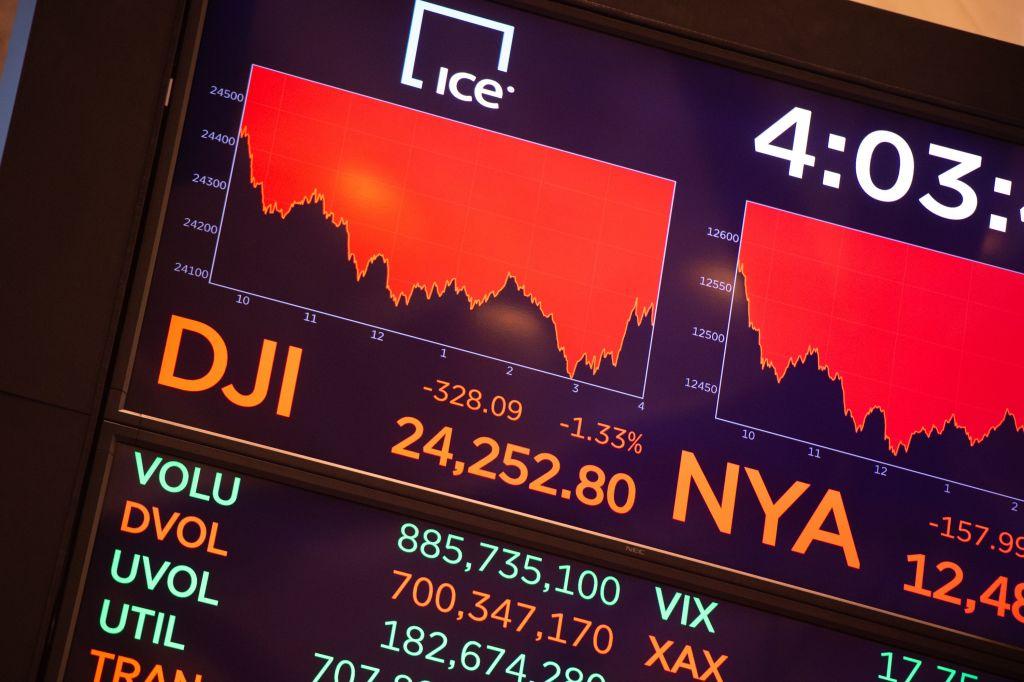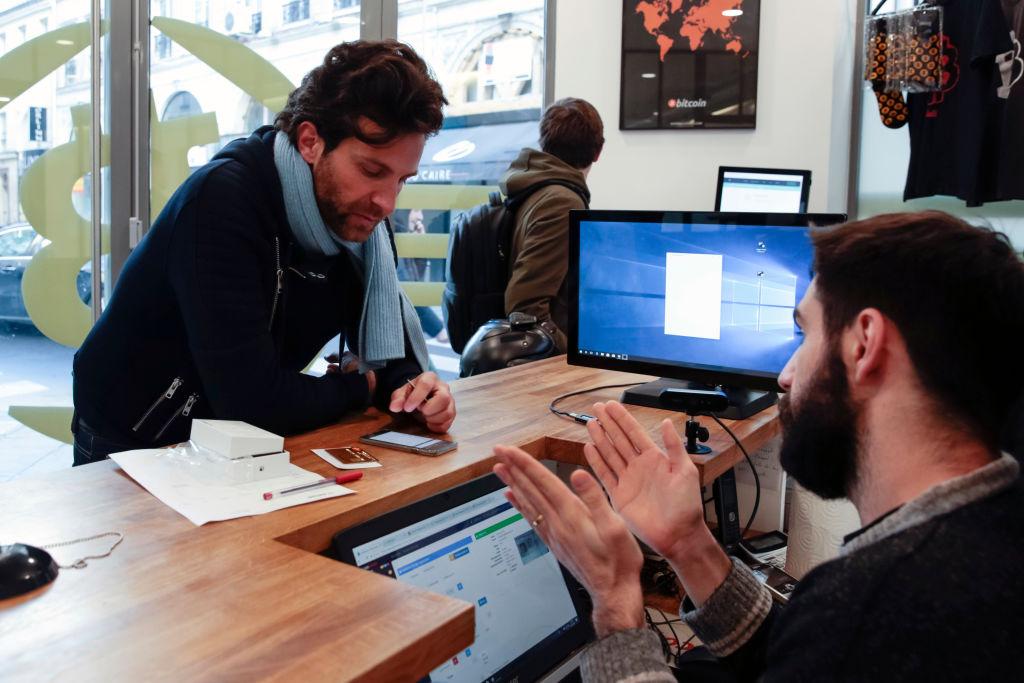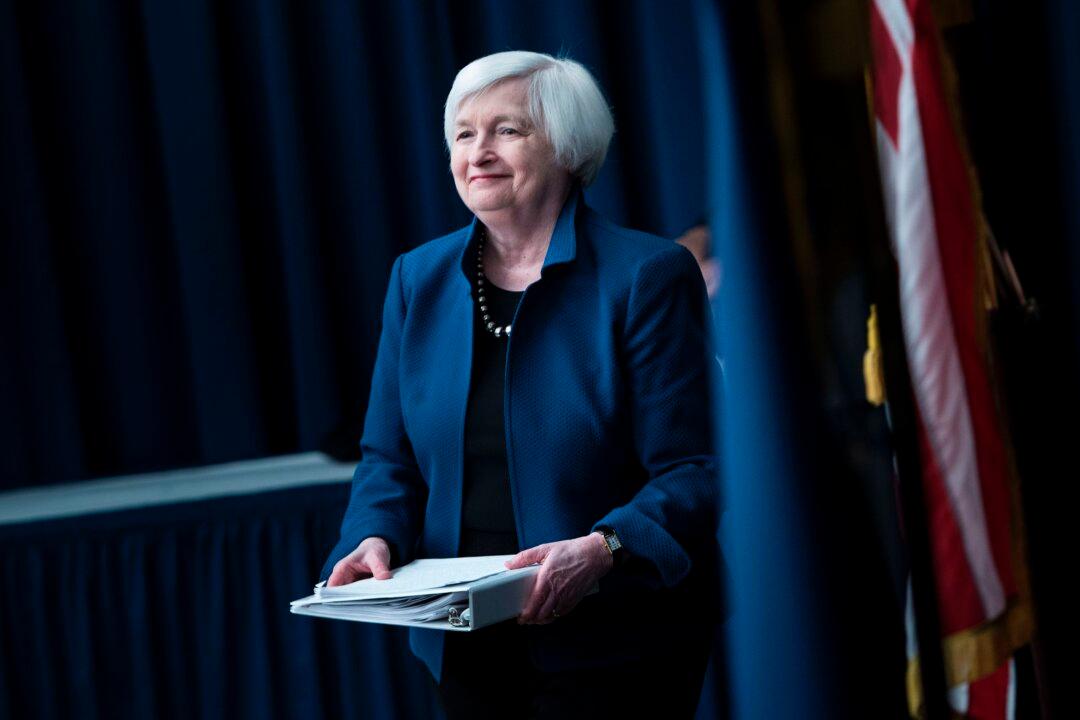For years, pundits have been warning of a stock market bubble and its inevitable bursting.
The reasoning behind such predictions is simple. Western economies have grown at a modest pace, restraining the profit-making ability of large corporations. Moreover, inflation has remained low, even though the West and Japan have engaged in expansionary monetary policies.





